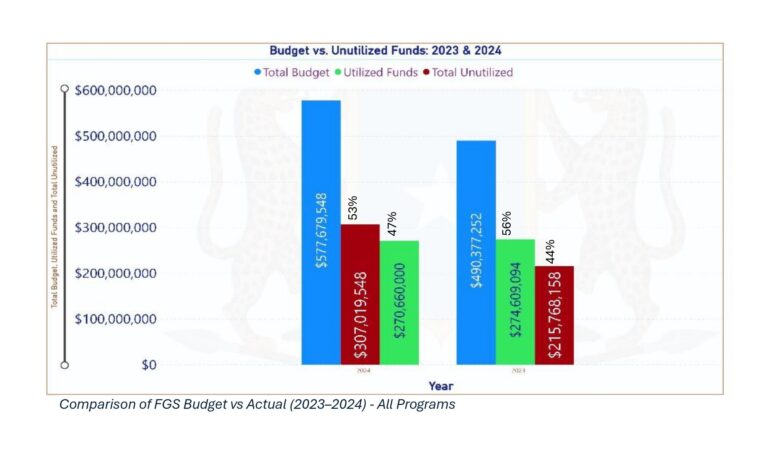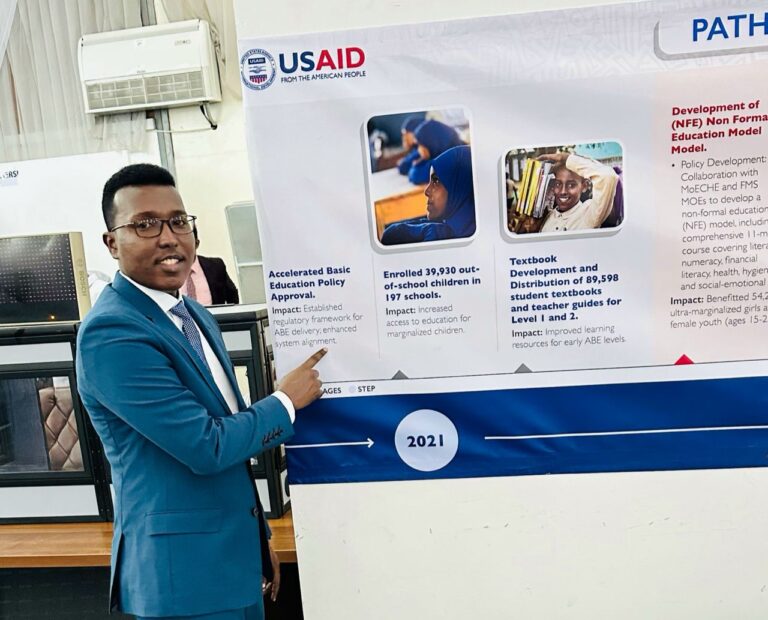The Future of Artificial Intelligence in Education

Artificial Intelligence (AI) is changing the way we teach and learn. Imagine a classroom where the teacher is assisted by AI tools to personalize lessons for each student. That future is closer than you think.
AI can analyze a student’s strengths and weaknesses, providing tailored learning paths. For example, platforms like Duolingo use AI to adjust lessons based on how quickly a user learns new material.
Moreover, AI can take over administrative tasks, giving teachers more time to focus on students. Grading assignments, tracking attendance, and organizing materials can be automated.
However, challenges remain. Teachers and institutions need training to integrate AI into traditional learning environments. Despite these hurdles, AI holds the potential to create a smarter, more efficient education system.
Artificial Intelligence (AI) is changing the way we teach and learn. Imagine a classroom where the teacher is assisted by AI tools to personalize lessons for each student. That future is closer than you think.
AI can analyze a student’s strengths and weaknesses, providing tailored learning paths. For example, platforms like Duolingo use AI to adjust lessons based on how quickly a user learns new material.
Moreover, AI can take over administrative tasks, giving teachers more time to focus on students. Grading assignments, tracking attendance, and organizing materials can be automated.
However, challenges remain. Teachers and institutions need training to integrate AI into traditional learning environments. Despite these hurdles, AI holds the potential to create a smarter, more efficient education system.
Artificial Intelligence (AI) is changing the way we teach and learn. Imagine a classroom where the teacher is assisted by AI tools to personalize lessons for each student. That future is closer than you think.
AI can analyze a student’s strengths and weaknesses, providing tailored learning paths. For example, platforms like Duolingo use AI to adjust lessons based on how quickly a user learns new material.
Moreover, AI can take over administrative tasks, giving teachers more time to focus on students. Grading assignments, tracking attendance, and organizing materials can be automated.
However, challenges remain. Teachers and institutions need training to integrate AI into traditional learning environments. Despite these hurdles, AI holds the potential to create a smarter, more efficient education system.







Jili games are my new favourite and Jilioklink.com seems to know all about ’em. It’s worth a look: jilioklink